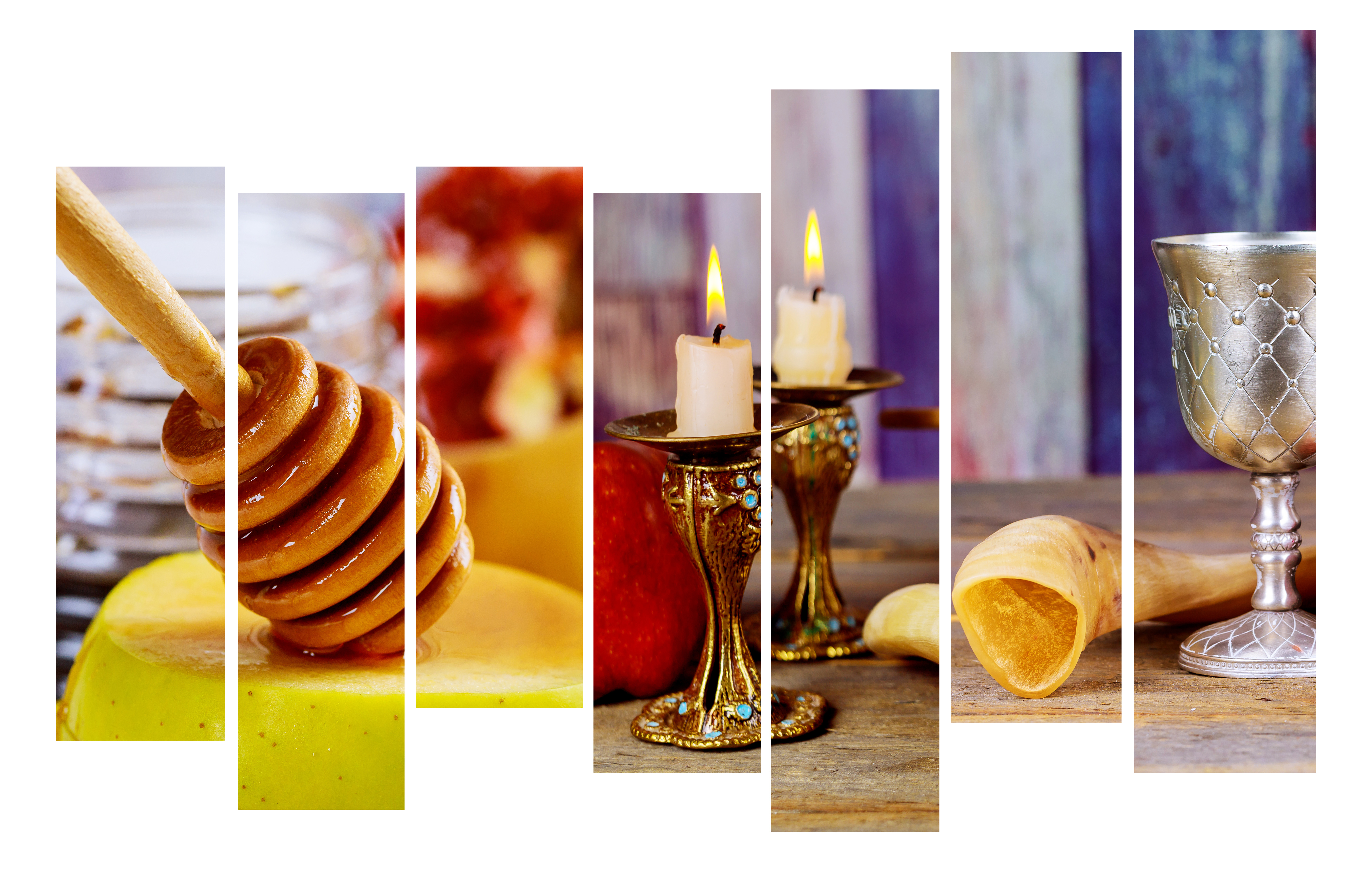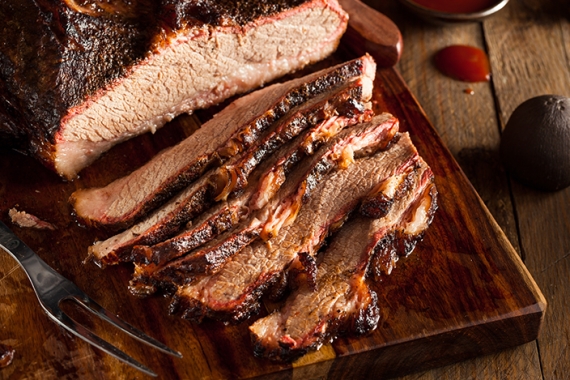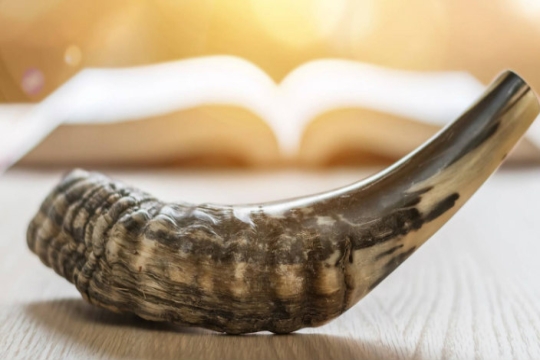
Rosh HaShanah (“Head of the Year”) falls on the first and second days of Tishri, and it is the first of ten days called the Jewish High Holy Days. Commonly referred to as the "Jewish New Year," this is a time of prayer, self-reflection, and repentance - and when we examine our own lives and deeds.
The holiday emphasizes judgment and personal redemption. These themes are reflected in the Torah portion, Vayeira, which is read on the first day, which tells of Abraham who offers to sacrifice his son Isaac to prove his obedience to God. His willingness is rewarded when a ram appears and is sacrificed instead, an event that is believed to have occurred on the first of Tishri.
This ram is symbolized by the Shofar (ram’s horn), which was traditionally blown to herald important events. To many, the Shofar service is the most memorable moment of the Rosh HaShanah service and the climax of the High Holy Day period as a whole. Tradition also tells us that we use a ram’s horn because it is curved, reflecting the natural posture of the humble and contrite during the New Year period.
The central theme rests on the idea that God inscribes the names of each individual in a book, listing who will live, who will die, who will have a good year, and who will have a bad year. Although the books are written on Rosh HaShanah, we are given the option to practice t'shuvah (repentance), t'filah (prayer), and tzedakah (charity) in order to improve our lot before the books are sealed on Yom Kippur. Hence the greeting we offer: L'shanah tovah tikatevi v’taihatemi ("May you be inscribed and sealed for a good year").
Programming for Rosh HaShanah
-
Use The Torah: A Women's Commentary and the supplementary study guides to inform your discussion of Vayeira and B'reishit, which are read on the first and second nights, respectively.
-
Use these recipes from the WRJ Centennial Cookbook Collection to make a delicious brisket for your holiday meal.
-
Discuss with your sisterhood, congregation, or community what the past year has meant to you and what your hopes are for the coming year.
-
An old and well-loved custom is to eat only sweet things on Rosh Hashanah—especially apples and honey. Help children in your synagogue decorate honey jars and send them home with an apple to share with their families.
-
Hold a challah-baking class, where you teach members of your community to make round challot, which are eaten at Rosh HaShanah to symbolize a complete year.
-
Send Uniongrams to members of your sisterhood, congregation, or community to wish them a good New Year.



